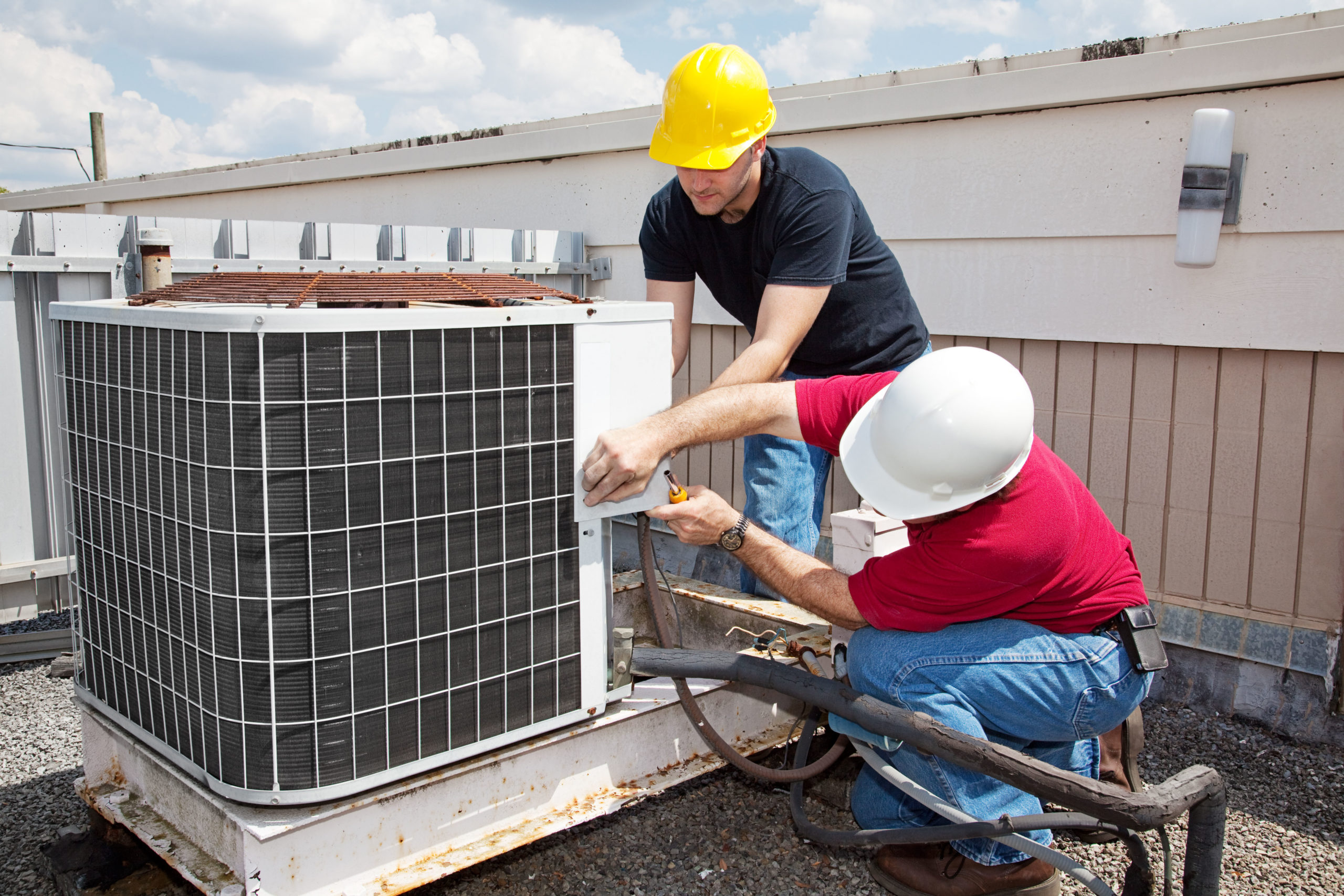When you’re an HVAC technician, troubleshooting is a big part of diagnosing problems with units. And sometimes it’s about knowing where to look. One common culprit is a faulty HVAC transformer.
Without a functioning transformer, the entire system shuts down making it a vital component. Asking yourself these 6 questions will help you to troubleshoot the issue.
Mid-Florida Heating & Air Turns Green Techs Profitable in 90 Days
With New-Hire Training from Interplay Learning
1. Is The Indoor Fan Operating?
The fan is key to the system as it’s what moves air into the living space. If it doesn’t work properly the heat transfer can’t happen. It can be tricky to pinpoint, though, because an inoperative fan can have a few different causes, a problem with the transformer being one of them.
The HVAC transformer is designed with layers of metal plates that are laminated together, they expand and contract causing noise, which is normal. However, loud, noticeable buzzing or vibration along with a non-operating fan can be a definite clue indicating that the transformer is bad. In some instances, the vibration can be enough to shake connectors loose, which can be a cause of failure by itself.
Troubleshooting an Inoperable Indoor Fan
- Look for loose connections
- Look for signs of overheating(discoloration, carbon deposits)
- Look for overloads – check kVA, voltage and current against the specs on the transformer’s nameplate as any power consumption that’s out-of-spec points to an overload.
- Check for a bad contactor, which can stress the system enough for the transformer to fail
If you’re looking for a useful troubleshooting course that will take you through common mechanical and electrical faults like these, check out at-home hvac courses with Interplay Learning.
2. Are The Outdoor Condensing Unit Fan and Compressor
The condensing unit, fan and compressor are essential to keeping refrigerant circulating through the system. The compressor is what compressors the gaseous refrigerant and discharges it as a high pressure, high temperature vapor.The fan blowing across the condenser, rejects heat from the refrigerant vapor, causing it to change to a liquid again. So what if you’ve done the troubleshooting mentioned above, but the condensing unit, fan and compressor are still operating? What if they aren’t?
Troubleshooting the Outdoor Condensing Unit Fan and Compressor
- Remember that the compressor needs a supply voltage within 10% of manufacturer’s recommendations for the compressor. Check for proper voltage at all switches, fuses, breakers and disconnects prior to the compressor
- Check the low-voltage transformer; anything less than 21.5 volts from this unit will not be enough to pull in the contactor and start the compressor
- Check for a defective run capacitor; in the case of a failed run capacitor, the motor might draw as much as 10% more current and overheat
A defective transformer means that the compressor, condenser and fan won’t be working. If any of these components are working by themselves, it’s time to look for a problem with the component that isn’t working, rather than the transformer itself.
3. Is There 240V(or 120V) Across The Primary Side of the Transformer?
In an instance like this, we’re talking about the power supply to a step-down transformer. A 240V feed into the primary side of this transformer would rule out any problems with the main power going into the unit. If there is no 240V voltage you’ll want to troubleshoot different potential causes.
Troubleshooting the Primary Side of a Transformer
- Use your multimeter and measure this voltage at the appropriate terminals
- If there’s no voltage on this side of the transformer, check the breaker and all wiring entering the unit for loose connections, corrosion, damage
4. Is The Voltage At The Secondary Side of the Transformer 24V?
Bearing in mind that this is a step-down transformer, the voltage reading on the secondary side should be 24V. That means that voltage going into the transformer (primary side) should be 240V and voltage on the outgoing (secondary) side should be 24V. A reading of 240v on the primary and 0V on the secondary would indicate a faulty transformer.
Troubleshooting the Secondary Side of the Transformer
- Check for loose wiring, loose connections, dirty wiring, open or short circuits
- Check for noise, hum, vibration when system is on
For help, this short video is a great way to quickly brush up your knowledge on diagnosing a faulty HVAC transformer. Whether you need help identifying if it’s the primary side or simply a bad contactor, an industry expert can walk you through all the possibilities in just 6 minutes.
5. Is There a Bad Contactor?
The contactor is a relay that governs the flow of electricity to components in the system. It’s controlled by the thermostat. The coil terminals receive voltage from the thermostat, causing it to energize. This pulls in the contacts, allowing main power at L1 & L2, to be applied to the compressor and fan motor attached to the top terminals, T1 &T2.
Over time, the surfaces in the contactor can become oxidized and pitted, eventually causing the contactor to stick. A stuck contactor won’t work anymore and will have current going to the compressor and motor constantly, rather than cycling on and off.
In a case like that, with components running constantly, the transformer, compressor and fan motor can all be damaged and fail. Imagine a car with an engine that can’t shut off, and instead it idles at high RPM constantly — it’s inevitable that something is going to fail.
Troubleshooting a Contactor
- Turn off main power to the unit first
- Look for the wiring connections on the side of the condenser unit ( concealed under a metal cover)
- Take a picture of the connections so you know what wire goes where when you reconnect
- First, Measure for 24v at the contactor coil connections. 0v indicates no power to the contactor coil. Next, Measure for 240v at the L1 and L2 connections on the contactor. 0v would indicate no main power to the contactor.(check breaker, fuses)
- Next measure for 240v at the T1 and T2, load side of the contactor. If the measured voltage is 0v, the contactor is faulty. If the voltage drop across the contacts is greater than 3%, the contacts are damaged
- On larger contactors, turn off the power and measure the contactor coil resistance. OL or infinite resistance indicates an open coil.
6. Was There A Recent Power Surge?
6. Was There A Recent Power Surge? When working your way through troubleshooting problems don’t forget the simple ones. A power surge or lightning strike can be enough to cook not just an HVAC transformer, but TVs, computers, home audio and other household electronics. Asking the homeowner if there’s been a power surge in recent days should be one of the first steps in narrowing down the cause of a blown HVAC transformer.
Troubleshooting a Power Surge
- Start with a visual inspection — after a severe power surge, components like capacitors and controls will look visibly fried
- Turn the system off
- Check the breaker and reset if necessary
- Wait 30 minutes and try restarting the system — this 30 minutes gives the system’s internal breaker time to reset
- If the main breaker trips again and the system’s internal electronics appear to have been cooked, it’s a fair conclusion that the system has suffered a power surge and components will need to be replaced
It’s worth noting that newer, high-efficiency systems may be more sensitive to blips in power. Also, sometimes fluctuations in voltage can be due to problems with house wiring. If that’s the case and power surges happen more than once, it might be time to bring in a licensed electrician.
Learn Troubleshooting Best Practices
Troubleshooting an HVAC problem requires patience and critical thinking, and sometimes even the most seasoned, experienced techs can be stumped by a problem. It can be even trickier when an issue like a dead HVAC transformer can result from a few different causes. And with advancing technology, systems are going to continue to become more complex. That’s why continued learning in the HVAC field is so important no matter where you are in your career.
While working may leave little time for additional training, you might consider new, innovative learning programs, like those offered by Interplay Learning . Interplay Learning’s online courses are available when you are. Programs, like these, offer training through animation and simulations to walk you through real-world scenarios in a safe environment.
By advancing your knowledge in a way that works best for you, you’ll be able to diagnose problems more quickly and efficiently.










